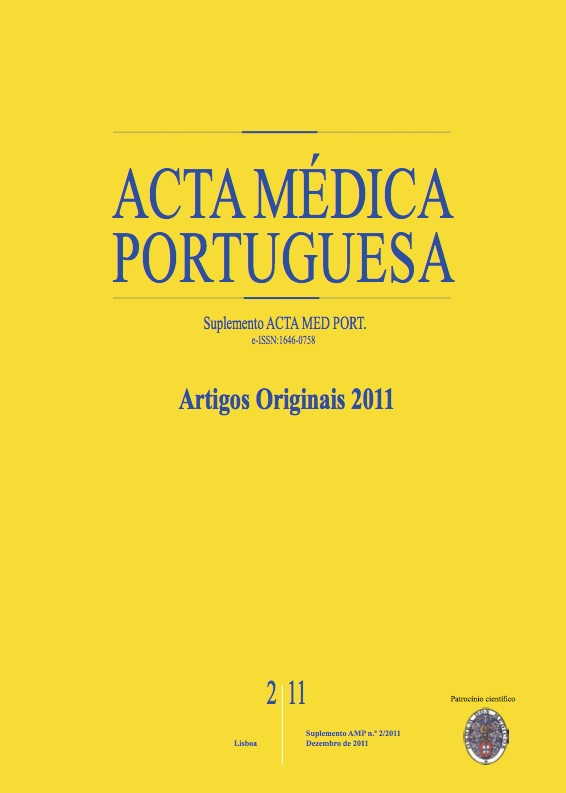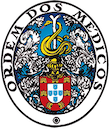Resiliência em crianças e adolescentes institucionalizados.
DOI:
https://doi.org/10.20344/amp.1473Resumo
The concept of resilience refers to the possibility of individuals to develop positively when exposed to situations of adversity or stress. This is a complex process involving the interaction of vulnerability and protection factors. Researching resilience only makes sense when applied to populations considered at risk which, simultaneously, present adaptive attributes. That is what we find in Child and Adolescent Residential Institutions. There is a rising need of research in the area of institutionalized children. A better knowledge of these populations allows for the creation of more adapted and efficient prevention and promotion health programs.To identify resilience factors and their association with psychopathology in children/ adolescents (C/A) of three residential institutions in Lisbon.Data was collected from a sample of children/ adolescents, aged between 6 and 18, who had been institutionalized for at least a year, whose legal representatives had signed the "informed consent". The three Lisbon institutions were chosen by convenience. Children/ adolescents diagnosed with a Pervasive Developmental Disorder (DSM-IV-TR) were excluded. The instruments used for assessment (Check-list for Characterization of the children/adolescents, Institution and Community, and Child Behavior Checklist) were completed by the care provider that better knows the children/adolescents.There are resilience factors in those children and adolescents who present no psychopathology which are absent in those who have psychopathology. We identified factors that appear to have greater resilience preponderance for the protection of children/adolescents, namely "positive self-esteem," "talents recognized by others" and "cognitive skills". Males have more psychopathology, along with a smaller number of resilience factors than females.Downloads
Downloads
Como Citar
Edição
Secção
Licença
Todos os artigos publicados na AMP são de acesso aberto e cumprem os requisitos das agências de financiamento ou instituições académicas. Relativamente à utilização por terceiros a AMP rege-se pelos termos da licença Creative Commons ‘Atribuição – Uso Não-Comercial – (CC-BY-NC)’.
É da responsabilidade do autor obter permissão para reproduzir figuras, tabelas, etc., de outras publicações. Após a aceitação de um artigo, os autores serão convidados a preencher uma “Declaração de Responsabilidade Autoral e Partilha de Direitos de Autor “(http://www.actamedicaportuguesa.com/info/AMP-NormasPublicacao.pdf) e a “Declaração de Potenciais Conflitos de Interesse” (http://www.icmje.org/conflicts-of-interest) do ICMJE. Será enviado um e-mail ao autor correspondente, confirmando a receção do manuscrito.
Após a publicação, os autores ficam autorizados a disponibilizar os seus artigos em repositórios das suas instituições de origem, desde que mencionem sempre onde foram publicados e de acordo com a licença Creative Commons









